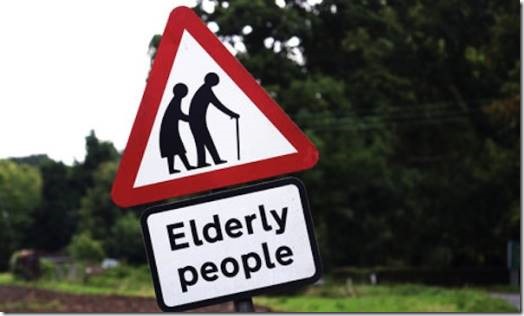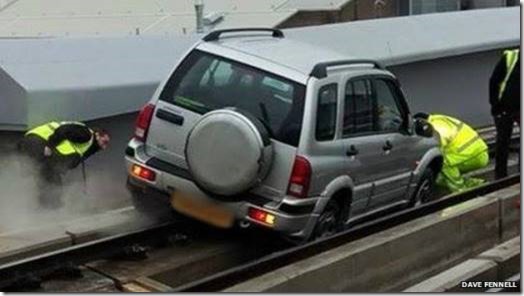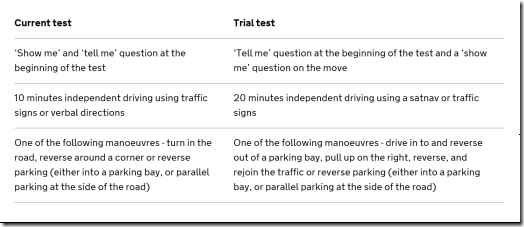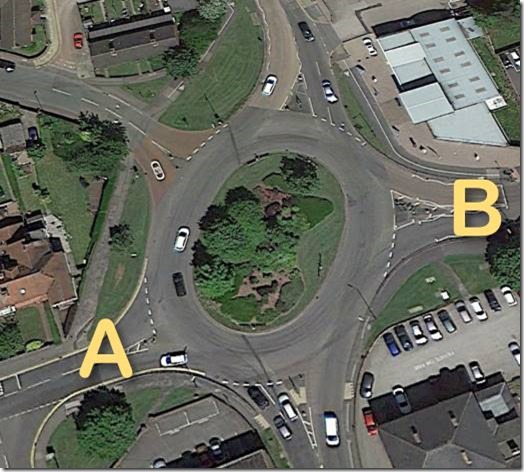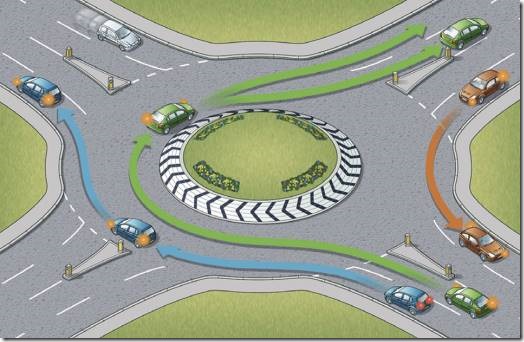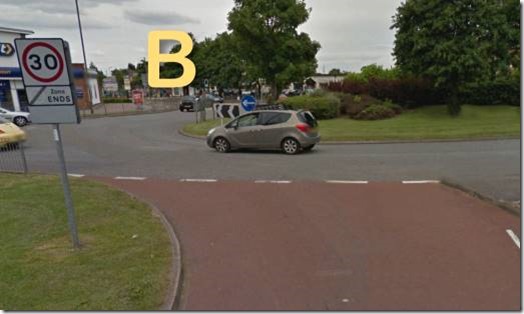Note the more recent addendum at the end of this article. Also note the original publication date – 2015.
Regular readers will know that I started taking card payments for lessons a couple of years ago. I initially opted for PayPal’s system because I liked what it was offering, but although I purchased a card reader from them I never actually used it and sent it back for a refund.
PayPal Here, which was what the system was called, was brand new at the time and I don’t think the people who were dealing with it knew how it worked. I was given copious amounts of conflicting information, but the bottom line was that there was a strong likelihood that any payments I took using PayPal Here would be tied up for 30 days at a time (i.e. “held in reserve”) until I could access them. To a driving instructor this is totally unacceptable.
As a result of this confusion, I went with iZettle.
Now, I need to make it absolutely clear that in the two plus years I have been using iZettle I have had no complaints at all. I have taken close to £40,000 and probably only had to go the the bank a handful of times, whereas before I’d be going several times a week to pay in cash or cheques. But this perfect time came to an abrupt end two weeks ago.
During my time with iZettle I have used an HTC One M7, then the M8, and now the M9. All these phones have worked flawlessly, including the M9 I bought almost a year ago, both with the main iZettle app and the beta version I was trialling for them. However, on 7 October the iZettle app was one of several for which a routine update was flagged. I did my usual “update all”, and my phone reported a 505 error and the message “this app could not be installed” for the iZettle app. I uninstalled the previous version and tried again, but to no avail. Now I was relying solely on the beta app to run my business – not a good position to be in. I should point out that the app has updated without problem on the M9 several times this year.
I ran through every suggested fix for the 505 error offered by Google, checking for remnants of previous versions, and running clean-ups, but still the app would not install. The Android marketplace said it was compatible with my M9, but it just would not install on this high-end, modern device running the latest version of Android. So I turned to iZettle. Their reply was:
I was unable to find your handheld device on our compatibility list. Unfortunately given the case we cannot fully guarantee the device functionality.
A cold wind of apprehension blew over me. I wrote back and explained that it had been fine up until this last update, that the M9 is virtually identical to the M8, and that there had been no system updates. I further explained that my business depended on iZettle. They came back with:
Thank you for getting back to us and for your feedback,
Although the M9 is almost identical to the M8 is still a different android device that currently is not supported by our services. As I mentioned on my previous message unfortunately we are not able to make any promises for when or if we will be adding your handheld device to our compatibility list.
So that was it. After two years of loyal custom it was “f— you”. They have not responded to my third email informing them that their app is incorrectly listed in the Android marketplace as being compatible with my device. My previous opinions concerning iZettle were obviously wrong, and they are unprofessional and untrustworthy.
When 3rd parties talk of “compatibility” – and particularly with card readers like the iZettle – what they are referring to is the version of the Bluetooth stack used on the phone and the one used by the device in question. Indeed, iZettle alludes to this with their new Pro Contactless reader, where they say:
Please note that the Card Reader Pro Contactless should work with most Android smartphones and tablets which have Bluetooth and an Internet connection, and where the iZettle app can be downloaded.
I have the older version of this reader (two, in fact, as I needed to be covered in case one of them got damaged). But my problem has nothing to do with Bluetooth – I just can’t install the app, and that points to poorly written software. But let’s go along with this “unsupported” thing for a moment. When you look at their compatibility list, [Note: As of 2020 they say they’re compatible with all smartphones and tablets. I can assure you that in 2015 they were officially compatible with about six plus the iPhone and refused to even discus any problems outside that tiny number, even where there had been compatibility previously] it essentially distils down to all Apple iPhones and iPads, all Samsung Galaxy devices, two Nexus, two Sonys, and two HTCs (but not the M9)! And apart from the Samsungs, only up to Android 4.4.2 and 4.4.4 (latest version is 5.1.1). Can you believe that? And even if you have a phone that isn’t on the list – of which there should be many, according to that last quote – with which the iZettle system works, then iZettle’s abysmal support agent who wrote to me has effectively said that it could stop working at any time if it isn’t specifically on the list!
iZettle is an absolute joke, and I advise anyone thinking of going for a card reader not to go anywhere near them. I also apologise for not knowing this sooner – my previous reports of iZettle have been highly positive, and that just goes to show how wrong you can be.
iZettle effectively destroyed my business overnight. It is only because I don’t get caught out that easily that I quickly found an alternative solution and managed to minimise the catastrophe that not being able to take card payments has become to my business. That solution was PayPal Here – more on that in a separate article soon, and note the Q&A below.
Shortly after I wrote this article iZettle saw it and contacted me. It turns out that the 505 error being returned was down to having the beta version of the app installed. iZettle tell me that they forgot to change the package name on the beta app when the new main app was released, and that meant that there was a conflict – hence the error being produced.
After uninstalling the beta app – which iZettle wanted me to trial for them, remember – the main app installed with no trouble at all.
Fair dues to iZettle – they fully admitted to their error (eventually, and after virtually destroying my business) – and said that the reply I got from support was not correct. Unfortunately, that incorrect information was all I was given over a period of two weeks, and it was delivered several times before iZettle support refused point blank to enter into any further dialogue over it. The subsequent damage done to my business during those two weeks – and what action I had to take as a result – cannot be undone. Nor can the lack of trust created by people who would cut off a customer like that ever be repaired.
How long does it take for iZettle deposits to appear in your account?
Too long, compared to PayPal Here. If you take a card payment with iZettle, the transaction is “initiated within 1-2 business days”. Weekends and bank holidays are not business days. Then – and I don’t think iZettle uses the Faster Payment system – it can take a further “several days” for the money to show up in your bank account. It means that over Easter, for example, you could take a payment late Wednesday/early Thursday, and the transaction at iZettle’s end won’t start until the following Tuesday. Then, your own bank could take the rest of the week, and since they may not class weekends as business days, either, you might not get your money until the following Monday. Also remember that iZettle is based in Sweden, and they have bank holidays, too.
Admittedly, this is a worst case scenario, but I can promise you that it was not uncommon to wait a week for money to show up. With PayPal, you get it immediately – every day of the week.
Is iZettle reliable?
When I used them, there were several occasions where the system was playing up, resulting a delay to payments of a day or two. Not many, but several. I have also read of several problems since then. I have had zero problems in the years I have been using PayPal Here.
And then there was the serious problem that nearly destroyed my business overnight…
Quite frankly, I would not use iZettle if they were the only card reader provider on the planet.
Who owns iZettle?
When I had all these problems, iZettle was privately owned and based in Sweden. In 2018, PayPal bought them out. So they are owned by PayPal. And quite frankly, the sooner PayPal assimilates the brand completely, the better.
Update 2023: PayPal has discontinued PayPal Here and now only offers iZettle (or Zettle, as it calls it). So, it went exactly the opposite way to what I had hoped and expected. iZettle is still based in Sweden, and it still has the inferior payment system it had before. PayPal gave me less than one month’s notice – in early March 2023 – that the PayPal Here service would cease to function at all in early April. As a result, I no longer use PayPal.
I would not touch iZettle again if you paid me, as I think I have made clear.
Consequently, I now use SumUp.

